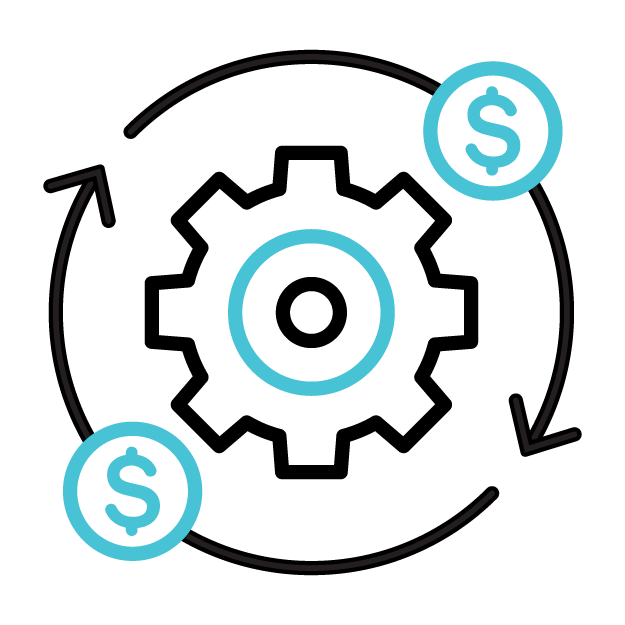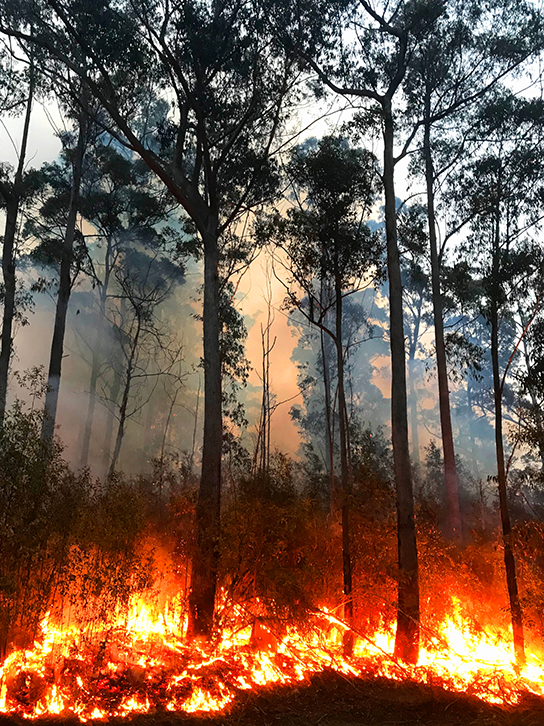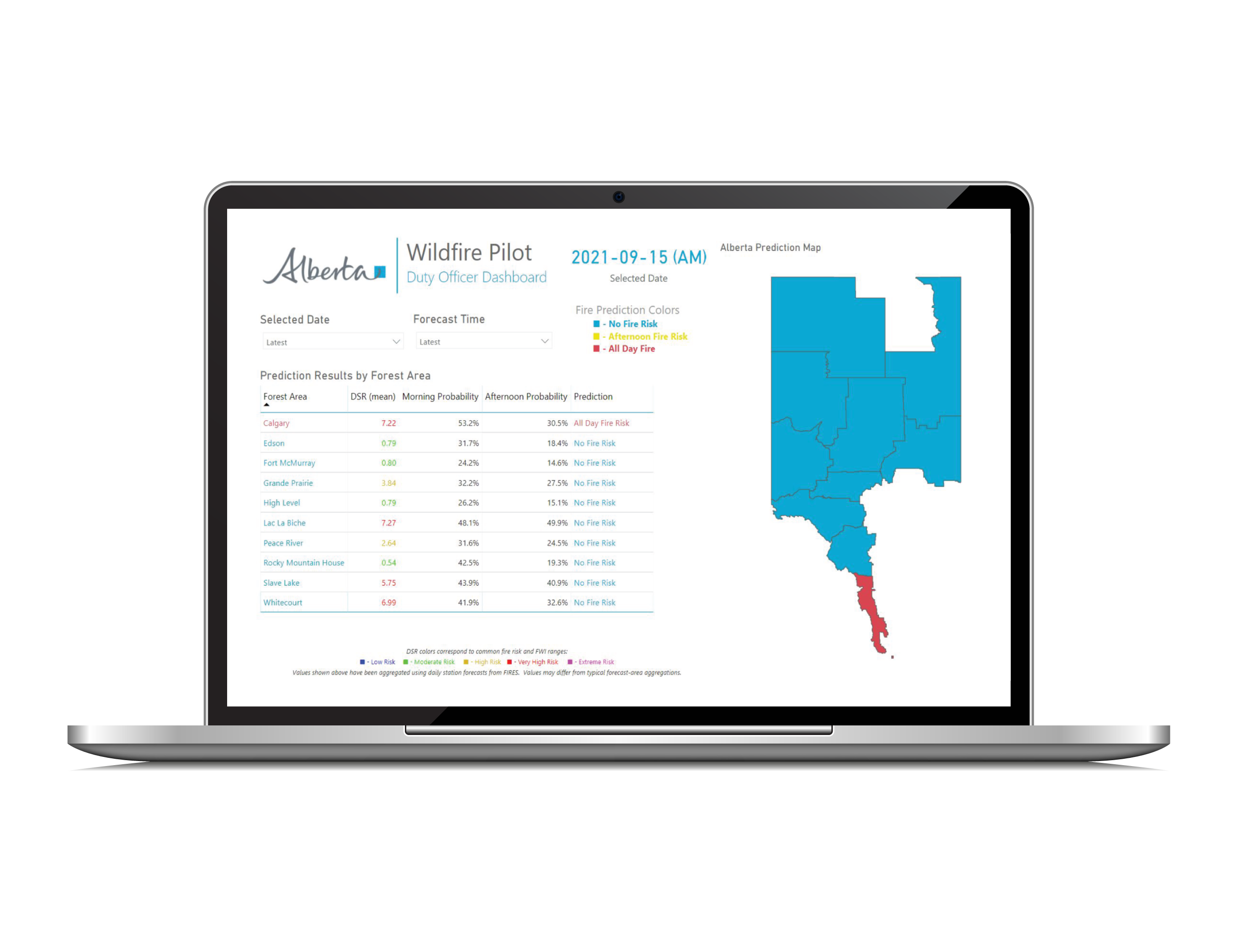
Forecasted $2-5 million savings annually in operational costs without increasing risk to public safety or wildfire response.

Enhanced explainability of the links between pre-suppression spending and outcomes to improve spending decisions.
Following an extreme 2019 wildfire season, Alberta’s Ministry of Agriculture and Forestry commissioned a report to understand how wildfire operational processes and practices are performed, especially in extreme circumstances. This review highlighted that a modernized preparedness planning framework that balanced risk, values, hazard and cost will improve overall wildfire outcomes. Following this, the Government of Alberta began working with AltaML to explore how state-of-the-art AI/ML techniques could support the Wildfire Management Branch in their efforts to allocate firefighting resources more effectively. The project’s goal was to provide Duty Officers with better forecasting tools that ultimately reduce operational expenses while maintaining an acceptable level of risk.
Wildfires endanger nearby communities and those who are tasked to fight them. Each year, the Government of Alberta (GoA) spends over $150 million in pre-suppression costs to be prepared to respond to wildfires. A large portion of these costs are associated with the prepositioning of heavy equipment, aircraft and human resources across the province.
Duty Officers of the Wildfire Management Branch (WMB) of the GoA are responsible for allocating resources to prepare for and respond to wildfires throughout the year. Scheduling these resources is a complex task that takes into account fire ignition risks for the upcoming day, coverage requirements, values at risk and head fire intensity. While Duty Officers are aided by software in their planning, the existing tools and scheduling practices could benefit from a more comprehensive and granular understanding of the short-term fire occurrence risk across the province. Without the data-driven fire occurrence tools, Duty Officers often over-allocate resources to ensure they have appropriate resource coverage. As a tangible example, in 2019 the WMB spent almost $30 million for unused resources province wide.
Thus, the objective of this use case is to more accurately forecast the next day’s fire risk in each region so that Duty Officers can assign aircraft, heavy equipment and personnel resources without accepting unnecessary risk and while reducing costs.

AltaML developed a wildfire occurrence prediction system. This system is used by Duty Officers to inform wildfire pre suppression resource plans.
In the initial stages of the engagement, AltaMl analyzed historical wildfire data to uncover new insights related to fire behaviour during holiday weekends, variance in fire distribution and occurrence trends between human-caused fires and lightning-caused fires, and scheduling trends that could be improved with a better understanding of short-term fire occurrence risk.
The team then built a machine learning model which predicts the location and time of wildfires by leveraging weather, geography, seasonal trends and fire indices data.
The model identified between $2 million - $5 million in annual operating costs savings during the proof of concept stage. The model was successfully tested during fire season 2021 and demonstrated similar cost savings results. The tool will be used by Duty Officers in the 2022 fire season.
